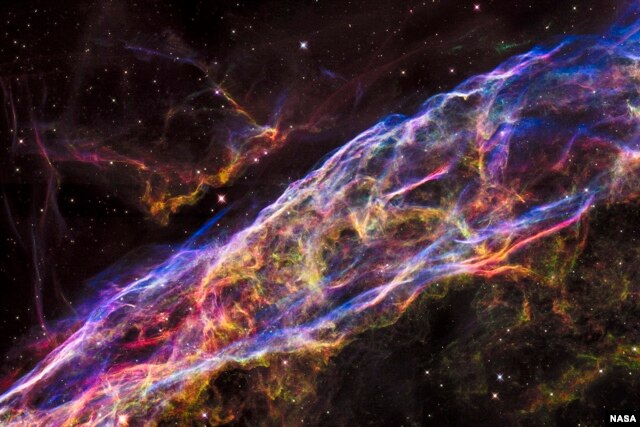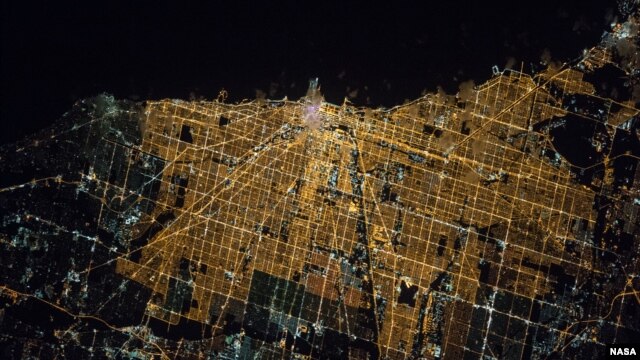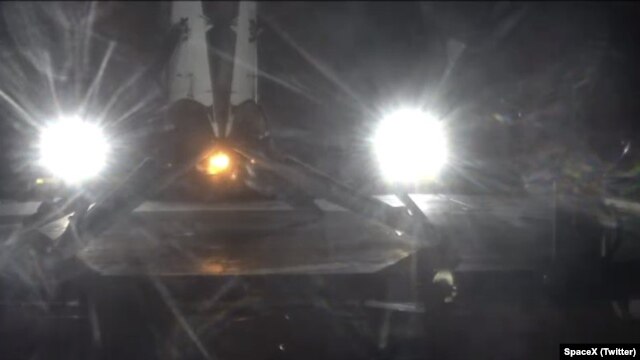R
rdean
Guest
When completed in about 2020 in the Chilean Andes, GMTs mirrors will have more than six times the collecting area of todays largest telescopes and 10 times the resolution of Hubble Space Telescope. Scientists will use GMT to explore distant and potentially habitable planets around other stars, to explore the universe in the first billion years after the big bang, and to probe the mysteries of dark matter, dark energy, and massive black holes.
Giant Magellan Telescope Poised to Enter Construction Phase
We'll be able to see the universe billions of years before even our sun was created. Amazing. I hope I'm still alive to see this wonder.
Giant Magellan Telescope Poised to Enter Construction Phase
We'll be able to see the universe billions of years before even our sun was created. Amazing. I hope I'm still alive to see this wonder.







